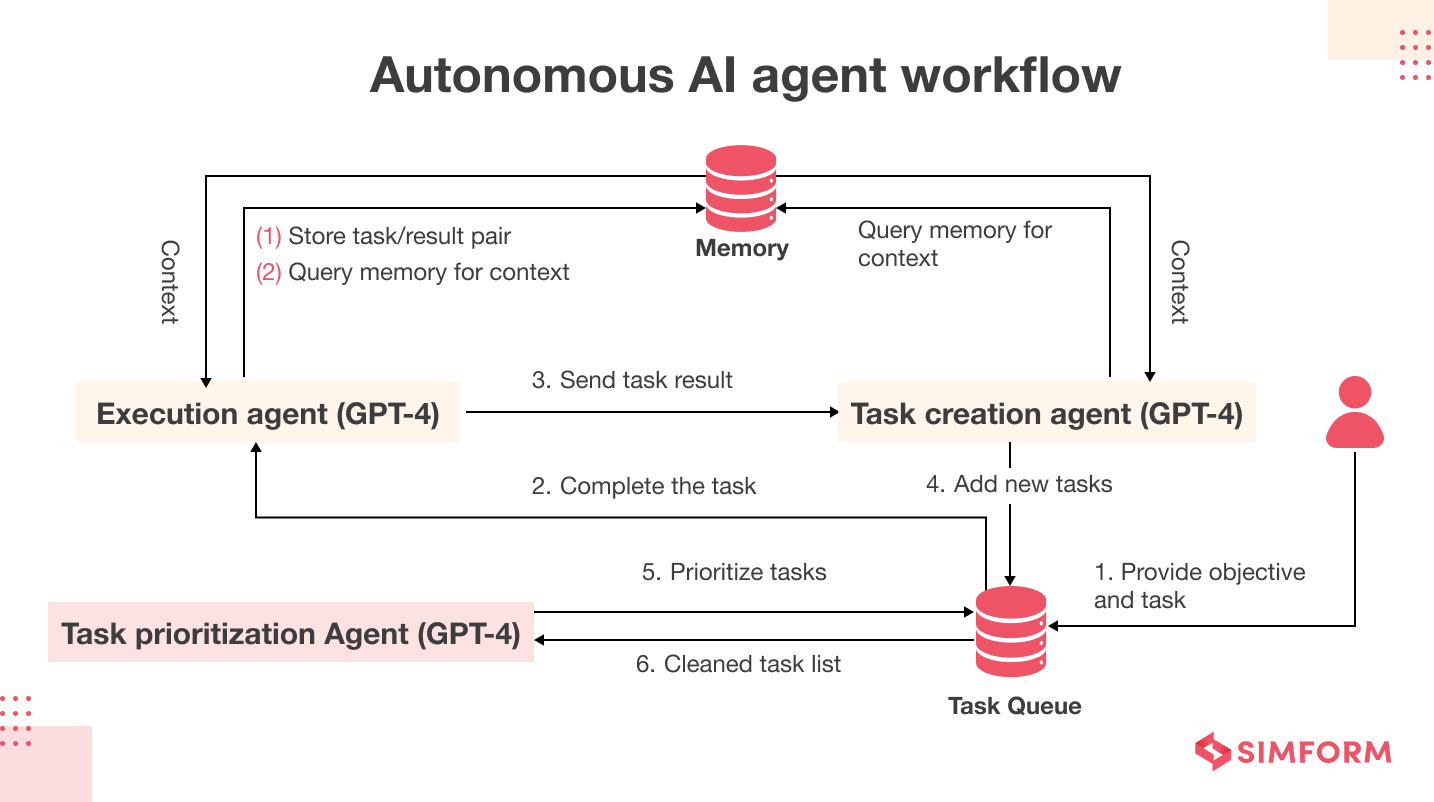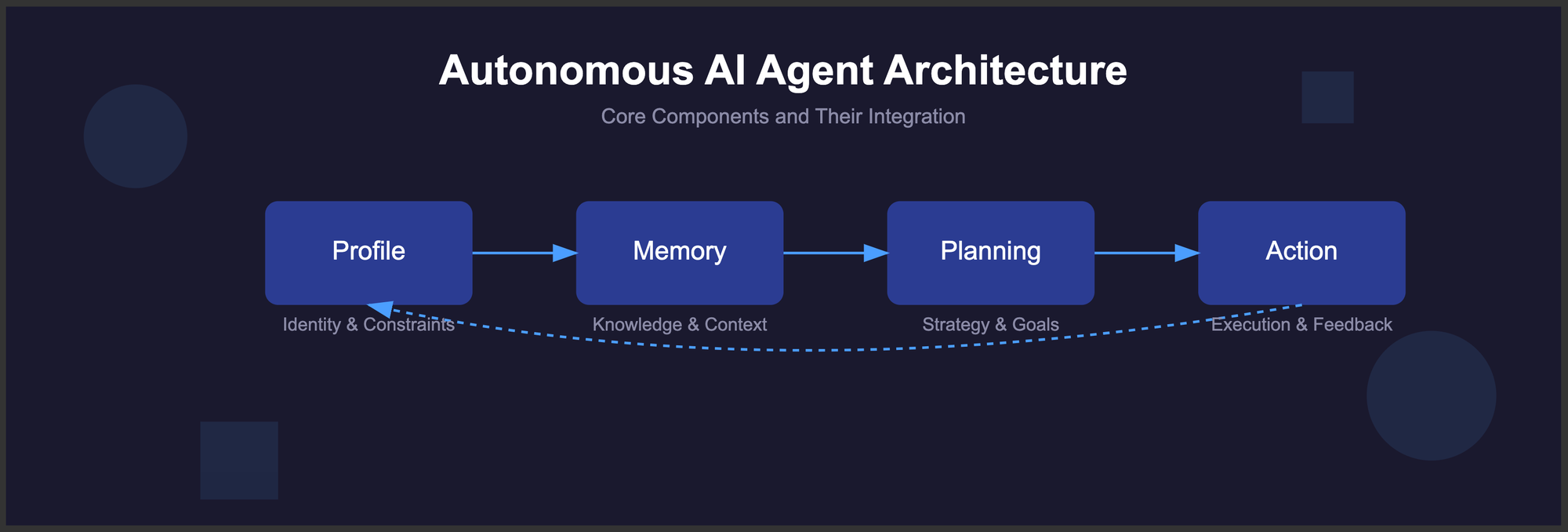Can AI Write Academic Papers Without Human Judgment?



Revolutionary tool use capabilities that are changing how we think about AI agents
Expert discussion on Kimi K2's breakthrough autonomous capabilities - 3 minutes
Learn how to integrate a powerful open-source AI agent into your VS Code workflow to automate complex coding, debugging, and data analysis tasks.
Understand the strategic advantages of using a customizable, self-hostable autonomous AI to accelerate innovation and reduce reliance on proprietary models.
Dive deep into the Mixture-of-Experts (MoE) architecture and agentic intelligence that sets Kimi K2 apart from traditional large language models.
Total Parameters
SWE-bench Score
Active Parameters

Picture this scenario: You're a developer working on a complex project when suddenly you need to analyze salary data, create visualizations, and build an interactive web interface. Traditionally, this would involve multiple tools, several hours of work, and switching between different applications. But what if you could simply describe your goal to an AI assistant and watch it autonomously complete the entire workflow?
This isn't science fiction anymore. Kimi K2, the latest breakthrough from Moonshot AI, represents a fundamental shift from reactive AI chatbots to truly autonomous AI agents. Unlike traditional language models that simply respond to prompts, Kimi K2 doesn't just answer questions—it takes action, makes decisions, and executes complex multi-step tasks without constant human guidance.
Key Insight
Kimi K2 achieved a remarkable 65.8% accuracy on SWE-bench Verified, outperforming most proprietary models while being completely open-source. This represents a paradigm shift toward accessible, autonomous AI capabilities.
At its core, Kimi K2 employs a sophisticated Mixture-of-Experts (MoE) architecture with 1 trillion total parameters, but only 32 billion are activated for any given task. Think of it like having a team of world-class specialists—a coding expert, data analyst, creative writer, and problem solver—all working together seamlessly.
Unlike traditional AI that waits for instructions, Kimi K2 proactively breaks down complex tasks, selects appropriate tools, and executes solutions autonomously.
Seamlessly integrates with development environments, APIs, and external tools to accomplish real-world tasks that span multiple systems.
Numbers speak louder than words. To provide a clear picture of where Kimi K2 stands, the following table shows a direct comparison of its performance on key industry benchmarks against top proprietary models.
| Benchmark | Kimi K2 | GPT-4.1 | Claude Opus 4 |
|---|---|---|---|
| SWE-bench Verified | 65.8% | 54.6% | 72.5% |
| MATH-500 | 97.4% | 92.4% | 94.4% |
| LiveCodeBench | 53.7% | 44.7% | 47.4% |
| AIME 2024 | 69.6% | 46.5% | 48.2% |
| MMLU | 89.5% | 90.4% | 92.9% |

The true power of Kimi K2 becomes apparent in complex, multi-step scenarios. Consider these real-world examples where Kimi K2 has demonstrated exceptional autonomous capabilities:
16 IPython calls to generate statistics, visualizations, and an interactive webpage—all from a simple prompt.
17 seamless tool calls spanning search, calendar, Gmail, flights, Airbnb, and restaurant bookings.
Systematically refactored a Flask project to Rust with performance benchmarks.
One of Kimi K2's most compelling features is its seamless integration with development environments. Developers can now experience AI-powered coding assistance that goes far beyond simple code completion.
Beyond performance, cost is a critical factor. The following table breaks down the significant cost advantages of using Kimi K2's API compared to other premium services, highlighting the financial benefits of its open-source nature.
| Kimi K2 (API) | GPT-4 Turbo | Claude Opus |
|---|---|---|
| $1.00 | $10.00 | $15.00 |
Note: Kimi K2 is free for self-hosting; this reflects API access costs. Output token costs are $3.00/M for Kimi K2, $30/M for GPT-4 Turbo, and $75/M for Claude Opus.
Kimi K2's applications extend far beyond simple code completion. Its autonomous capabilities make it particularly powerful for complex, end-to-end projects that traditionally require human oversight at every step.
| Application Area | Traditional Approach | Kimi K2 Approach |
|---|---|---|
| Code Generation | Manual coding with AI suggestions | Autonomous project completion from requirements |
| Data Analytics | Separate tools for analysis and visualization | End-to-end analysis with interactive reports |
| Workflow Automation | Manual setup and configuration | Self-configuring autonomous agents |
The open-source nature of Kimi K2 provides unprecedented opportunities for businesses to customize and integrate AI capabilities into their specific workflows. This represents a significant departure from the closed, proprietary nature of leading AI models.
Modify the model to match specific business requirements without restrictions.
Keep sensitive business data on-premises while leveraging advanced AI.
Eliminate per-token costs and unpredictable expenses with self-hosting.
Build innovative applications without waiting for vendor API features.
Perhaps the most impressive aspect of Kimi K2 is its ability to autonomously debug code and manage complex workflows. This goes beyond pattern matching to genuine problem-solving capabilities.

Real-World Debugging Example
A developer reported that Kimi K2 autonomously:
- Identified a memory leak in a JavaScript application.
- Traced the issue to improper event listener cleanup.
- Implemented a fix using WeakMap for automatic garbage collection.
- Created comprehensive tests to prevent regression.
- Updated documentation with best practices.
All this was accomplished with a single prompt: "Fix the performance issues in this codebase."
Kimi K2's technical advantages stem from its innovative MuonClip optimizer and refined MoE architecture. This technical foundation enables the autonomous capabilities that set it apart from traditional language models.
Advanced optimization technique that prevents training instability while maintaining performance. Trained on 15.5T tokens with zero training spikes.
Only 32B parameters are active for any given task, making it incredibly efficient while maintaining the knowledge of a 1T parameter model.
The power of autonomous AI agents like Kimi K2 comes with significant responsibilities. As we embrace these tools, it's crucial to consider the ethical implications and establish guidelines for responsible use.
Kimi K2 represents more than just another advancement in AI technology—it's a fundamental shift toward truly autonomous AI assistants that can understand, plan, and execute complex tasks without constant human oversight. The combination of open-source accessibility, competitive performance benchmarks, and revolutionary tool use capabilities positions Kimi K2 as a catalyst for the next generation of AI applications.
For developers and businesses looking to leverage AI for complex workflows, Kimi K2 offers an unprecedented combination of capability, flexibility, and cost-effectiveness. The era of autonomous AI assistants has arrived, and Kimi K2 is leading the charge.
Start your journey with Kimi K2 today and discover the future of AI-assisted development.
Now that you understand Kimi K2, see how it stacks up against other leading AI agents in a head-to-head performance comparison across various real-world tasks.
Explore another powerful open-source model. This guide covers the advantages of the open-source movement for businesses and developers looking for customizable AI solutions.
Want to learn more about the core concepts? This guide breaks down what "autonomous AI" truly means, explaining the technology behind agents like Kimi K2 in simple terms.
Kimi K2's efficiency in multi-step tasks comes from its agentic architecture and advanced planning capabilities. Unlike traditional models that require explicit instructions for each step, Kimi K2 can decompose complex tasks, create execution plans, and adapt dynamically as it encounters new information. For example, when given a data analysis task, Kimi K2 autonomously decides to load the data, perform statistical analysis, create visualizations, and build an interactive presentation—all while managing dependencies and error handling automatically. This eliminates the back-and-forth typically required with other models.
Best practices include starting with simple tasks to understand Kimi K2's capabilities, maintaining version control for AI-generated changes, and establishing clear boundaries for autonomous actions versus human oversight. Recommended integration approaches include installing the Cline extension for direct AI agent capabilities, setting up the Moonshot AI API with environment variables, using project-specific prompts, and configuring specific tools that Kimi K2 can access for your workflow.
Agentic intelligence represents a fundamental shift from reactive to proactive AI behavior. Traditional language models respond to direct prompts only and require detailed step-by-step instructions. In contrast, Kimi K2's agentic intelligence allows it to autonomously plan and execute complex tasks, make intelligent decisions about tool selection, adapt strategies based on intermediate results, and maintain long-term goal awareness.
Kimi K2 has achieved impressive results across multiple benchmarks, often outperforming proprietary models, especially in technical domains. For example, on the SWE-bench Verified for coding, it scored 65.8% compared to GPT-4.1's 54.6%. In mathematical reasoning on the MATH-500 benchmark, it achieved 97.4% accuracy versus GPT-4.1's 92.4%. These results demonstrate that open-source models can now compete with and often exceed proprietary alternatives.
In code generation, Kimi K2 can handle complete application development from requirements, legacy code modernization, API integration, and test suite creation. For data analytics, its applications include end-to-end data pipeline creation, statistical analysis, interactive dashboard development, and automated report generation. The key advantage is Kimi K2's ability to handle the entire workflow autonomously, from data ingestion to final presentation.
Kimi K2 offers significant pricing advantages. As an open-source model, it is free for self-hosting, eliminating per-token costs. Its API access is competitively priced at $1.00 per million input tokens, compared to $10/M for GPT-4 Turbo and $15/M for Claude Opus. For high-volume applications, Kimi K2 can provide over 10x cost savings while delivering comparable or superior performance in technical tasks.
Kimi K2's tool calling is designed for seamless integration. It offers an OpenAI/Anthropic compatible API, allowing it to be a drop-in replacement for existing applications. Best practices include defining clear tool schemas with proper validation, implementing error handling, using a temperature of 0.6 for a balance of creativity and reliability, and providing high-level objectives rather than step-by-step instructions.
The open-source nature of Kimi K2 provides unique advantages like complete data privacy and control, elimination of per-token costs for high-volume usage, and independence from vendor roadmaps. Businesses can fine-tune the model on proprietary datasets for domain-specific expertise, modify its architecture for specific requirements, and develop custom tools for specialized workflows, creating a competitive advantage.
Yes, this is one of its most impressive features. Kimi K2 can autonomously detect bugs and performance issues, perform root cause analysis, implement fixes with proper testing, and create test suites to prevent future regressions. This transforms development from a series of manual tasks into a goal-oriented process where developers define objectives and Kimi K2 handles the execution details.
Comments
Post a Comment